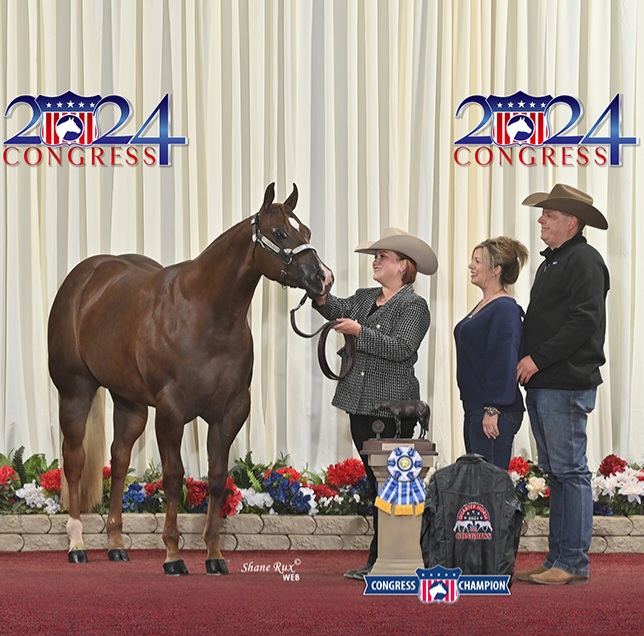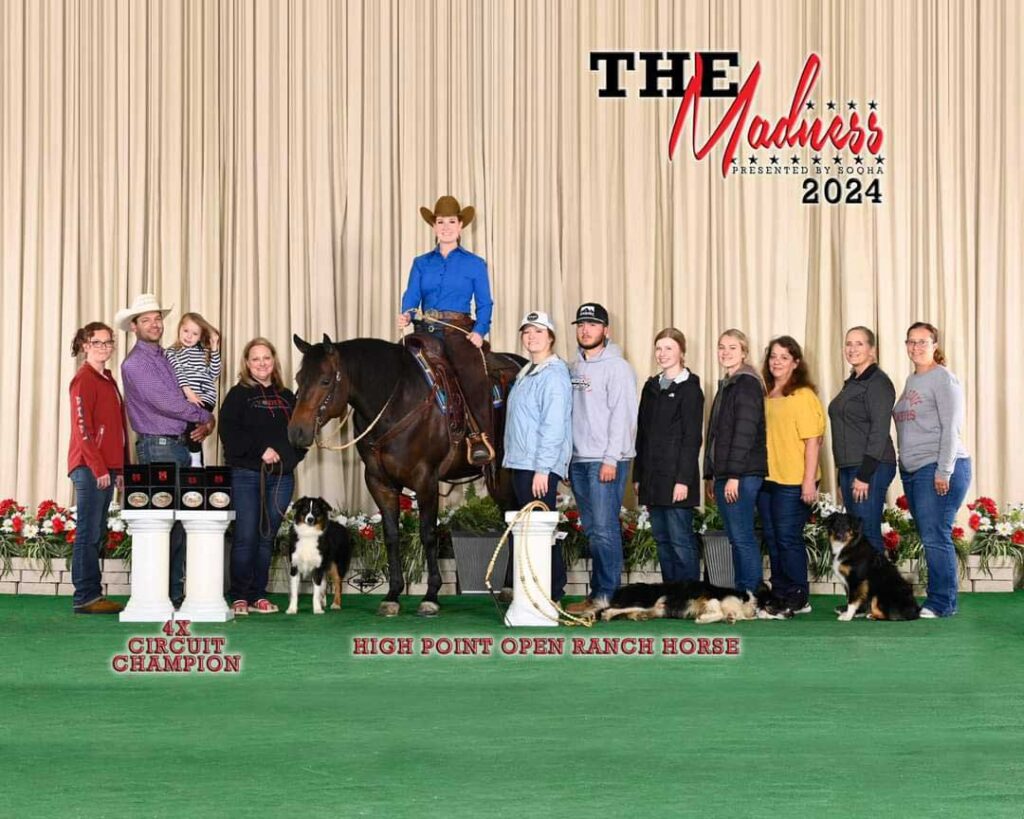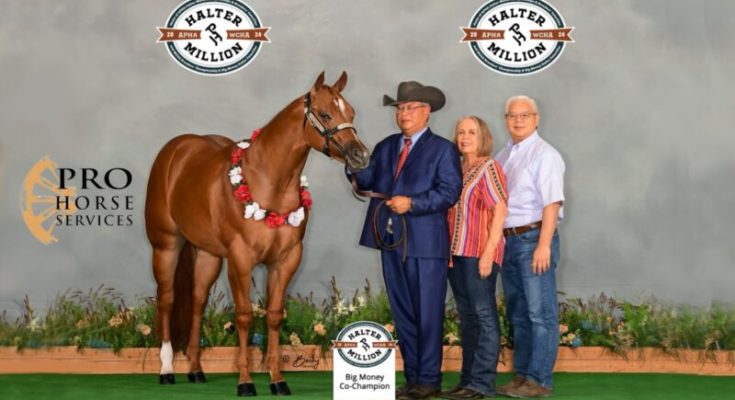“The final entry deadline for the 56th Annual Mid-Winter and WCHA Diamonds in the Rough Internet Auction is January 21st, unless the auctions fill before then,” announces Mike Jennings of Professional Horse Services, LLC. “The online catalog will be posted in the coming days. More than 70 quality horses have been entered in the auction. The offering includes the AQHA, APHA and Appaloosa horses offering AQHA/APHA double registered show horses, prospects, and broodmares. The auction features World Champion, Congress Champions, proven show horses, and prospects with top pedigrees. The auction includes horses with real ranch and trail riding experience.

$30,000 is the Added Purse for the WCHA Diamonds in the Rough Internet Auction Stakes for the yearlings and two-year-olds that SELL to new owners in the WCHA Diamonds in the Rough Internet Auction. The added purse is sponsored by IRON HORSE RANCH. Over 40 horses have been entered in this auction, so far. The group features World Champion, Congress Champions, Futurity Winners and money earners, as well as many very nice prospects with outstanding pedigrees. Featured horses include: DMM LEGACY, PtHA World Champion, WCHA Champion, Congress Reserve Champion; SWEET DREAMZ, APHA World Champion SPB, Congress Limited Open Champion; OH SO SO FINE, LTE $25,067, Big Money Co-Champion, BHF Reserve Champion; MAKIN SOME NOISE, BHF Bronze Winner, 49.5 AQHA points; PF WHOS DELICIOUS, Congress Champion, 36.5 AQHA points and many more. Go to https://www.conformationhorse.com/ for more information on the WCHA Diamond in The Rough Auction Stakes.
Find entry forms, a link to the catalog and more information at:
https://prohorseservices.com
Halter Horse Session features more Halter horses including CAUSIN AN ADDICTION, APHA mare by Cool Addiction, PtHA Reserve World Champion, Pinto Congress Champion, more ROM show horses, broodmares bred to SECRET GUNFIGHTER and Cool In Color, and prospects.

The ELITE SESSION, for horses offered with x-rays and a vet report includes: UPP N DOWN, 17.1 hands, Open & Amateur ROM, with 57 points Hunter Under Saddle & Hunt Seat Equitation; U CAN CALL ME AL, ROM in Open Hunter Under Saddle; GUNSLINGER DUN IT, Trained for Reining and used Extensively on the Ranch; HALFCENTURY SURPRISE, 2022 AQHA mare by COLONELS SHINING GUN, 8 months professional training for Reining and on track for the futurities. NRBC, NRHA enrolled, and DHRREVOLUTIONARYGUNS, 2022 AQHA mare by GUNS R FOR SHOOTIN, Outstanding Reining, Reined Cow Horse, and VRH prospect in training.
Performance Horse Session features AQHA, APHA, and Appaloosa horses including LIL JAC IN MY JUICE, AQHA mare by SMART LIKE JUICE, 112 points in Open Ranch Rail, Ranch Riding and Ranch Trail, 2024 “”The Madness”” High Point Open Ranch Horse; proven Reining horse, GENERAL SMOKIN LENA, overo APHA mare, Shown in Ranch Rail, Ranch Trail, Ranch Riding, Boxing, Herd work and Cutting; DOCSAYSINEEDAHAIDAS, AQHA mare, Money earner in NRHA Green Reiner and has won Ranch classes; DUN IT WITH A MISTER, AQHA mare by Mister Dual Pep, finished Reiner has excelled working cattle, and trail, bred to MODERN GUN, plus more.

All Around Session includes proven show horses, prospects, and a broodmare. The session features ROCK N A HARD PLACE (AQHA/APHA) 2023 gelding by MDR Impulsified, AQHA and APHA Halter point earner and All-around prospect, TAKMTOTHETRAINSTASHN, 2021 Palomino AQHA gelding by The Total Performance, Shown in Showmanship, Western Pleasure and Horsemanship and should excel in the Ranch classes. Other sires represented include MACHINE MADE, BANK ON THE BEST, OUTLAW ENTERPRISE, THE NEXT DETAIL, THE OFFSHORE ACCOUNT, LG IM TEXAS GOLD and more.
Markel Horse Insurance is offering Fall of the Hammer immediate all risk mortality and theft coverage on horses for 24-hours after the close of the Horse auctions.
GET AN ONLINE QUOTE –
Mike and Stephanie Jennings feed and recommend ProElite Feed, a Premium Horse Feed.
Mike and Stephanie Jennings, of Professional Horse Services, LLC are the industry leaders in Internet Auction marketing for Quarter Horses, Paints and Appaloosas. Since our first Internet Auction, 5,119 horses have SOLD for a $38,643,100 through all Pro Horse Services INTERNET Auctions, including auctions we produced, as well as hosted.
